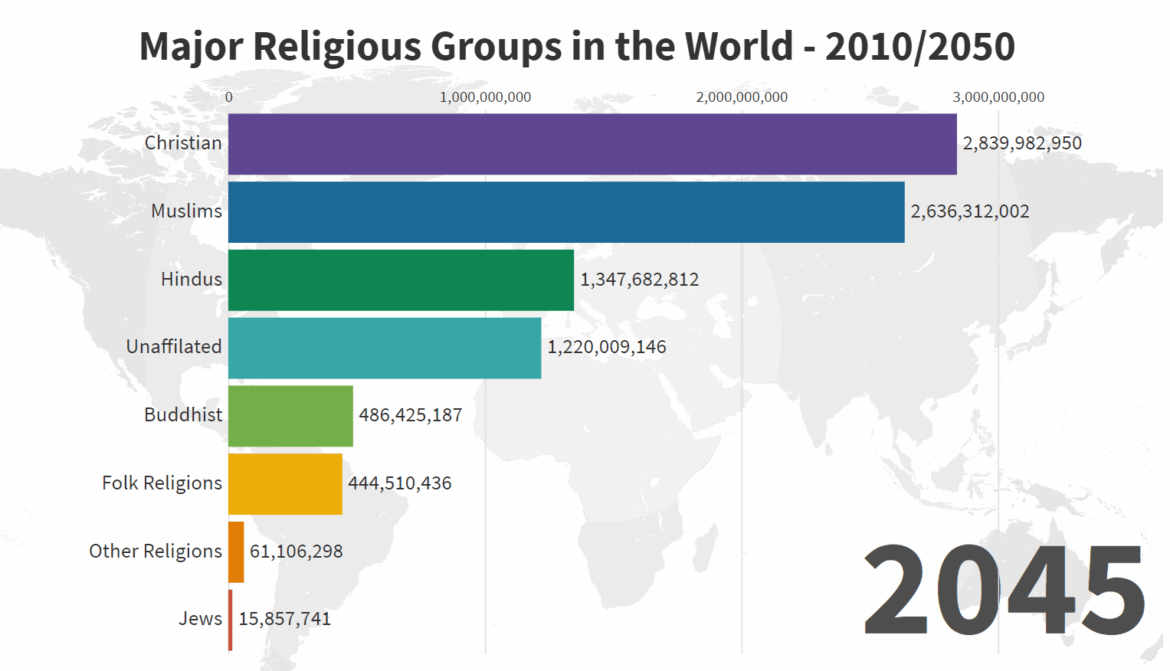The Christian worldview, a tapestry woven from diverse threads of doctrine, tradition, and cultural expression, reveals a rich panorama of beliefs and practices spread across the globe. At its center lies an unwavering conviction in the redemptive power of Jesus Christ, forming the bedrock of a vibrant faith shared by an estimated 2.3 billion adherents. To explore the largest Christian denomination within this vast multitude is to peer into a realm of spiritual significance and community, where the essence of faith can be both profoundly personal and inherently communal.
Among the myriad branches of Christianity, the Roman Catholic Church reigns supreme, embodying not only the largest single Christian demographic but also a distinct approach to faith that has shaped the hearts and minds of its followers for centuries. The Catholic Church, with over 1.3 billion members, offers an intricate fusion of tradition, liturgy, and sacraments, establishing a framework that is both ancient and dynamic. Its appeal lies in its universal nature, transforming transcendent religious experience into a palpable reality through the sacraments that facilitate an intimate relationship with the Divine.
In examining the roots of the Catholic Church, one traverses back to the apostolic era, where the seeds of Christianity were sown by Jesus’ disciples. As the fledgling faith spread like wildfire, it found fertile ground in diverse cultures, adapting and evolving while steadfastly holding onto its core tenets. Much like how a great tree flourishes, drawing strength from its deep roots while extending its branches wide into the sky, the Catholic Church has grown, embracing various cultural nuances without losing its foundational identity.
Central to the Catholic experience is the liturgical practice, a rhythmic cadence of worship that punctuates the lives of believers. The Mass, a sacramental celebration of Christ’s Last Supper, is a profound expression of faith where the congregation gathers in unity. This sacred ritual unveils layers of meaning, where bread and wine are transubstantiated into the body and blood of Christ, offering a tangible encounter with the divine. It fosters a sense of belonging, where participants partake in a communal meal that transcends time and space, inviting individuals to join a narrative older than themselves.
The Pope, as the spiritual leader and shepherd of the Catholic flock, serves as a pivotal figure in maintaining doctrinal orthodoxy and guiding the church through the vicissitudes of modernity. His role can be likened to that of a lighthouse, illuminating the path for the faithful amid the turbulent seas of societal change. The papacy encapsulates an enduring tradition yet is dynamic enough to engage with contemporary issues such as social justice, environmental stewardship, and global peace. The calls for reflection and action resonate with Catholic believers, integrating faith into their lived experiences and advocating for compassion and service.
Moreover, the Catholic Church distinguishes itself with its commitment to education and social services, creating institutions that serve to uplift humanity. Schools, universities, hospitals, and charitable organizations are extensions of the Church’s mission, fostering not only academic excellence but also spiritual and moral formation. This dedication to service can be seen as an outpouring of the love that God has shown to humanity, reflected in the lives of those who strive to live out the Gospel in real-world contexts. It draws people into the fold, illustrating a faith that is not merely abstract but one that is incarnate, relevant, and deeply woven into the fabric of society.
When examining Christianity from a broader perspective, it becomes evident that while Catholicism holds the majority, other denominations—Orthodox, Protestant, Evangelical—enrich the Christian mosaic. The Orthodox tradition, with its emphasis on the mystical, offers a contemplative approach to the divine, while various strands of Protestantism embody reformative zeal, accentuating personal faith and scriptural primacy. Each expression of faith carries its unique salience, revealing multifaceted dimensions of the Christian experience. These divergent paths contribute to a deeper understanding of what it means to be part of the Body of Christ, reflecting the myriad ways individuals seek communion with God.
In an increasingly pluralistic world, the call for unity among Christians becomes ever more pressing. The metaphor of the body aptly illustrates this, where each member has a distinct function yet all are integral to the whole. The prayers for ecumenism echo a shared desire for mutual understanding and collaboration, emphasizing that while distinctions may exist, the essence of Christianity—love, grace, and redemption—serves as a common thread binding believers together. This pursuit of unity challenges the faithful to move beyond rhetoric, sparking dialogues that celebrate diversity while fostering a spirit of collaboration and joint mission.
In conclusion, the largest Christian denomination stands not only as a statistic but as a beacon of hope in a fractured world. The Catholic Church, with its rich traditions and enduring influence, continues to invite individuals into a transformative journey of faith. By nurturing spiritual growth, promoting service to humanity, and advocating for unity among diverse Christian expressions, it embodies a reflection of Christ’s love in motion. The legacy of this faith tradition is not merely measured in numbers but is evidenced in the lives altered, communities transformed, and the relentless pursuit of a more just and compassionate world. In a time where many seek meaning and connection, the appeal of the Christian faith remains ever vibrant, extending an invitation to all who wander in search of spiritual truth.



